Epoxy Mixing Nozzles & Dental Mixing Tips
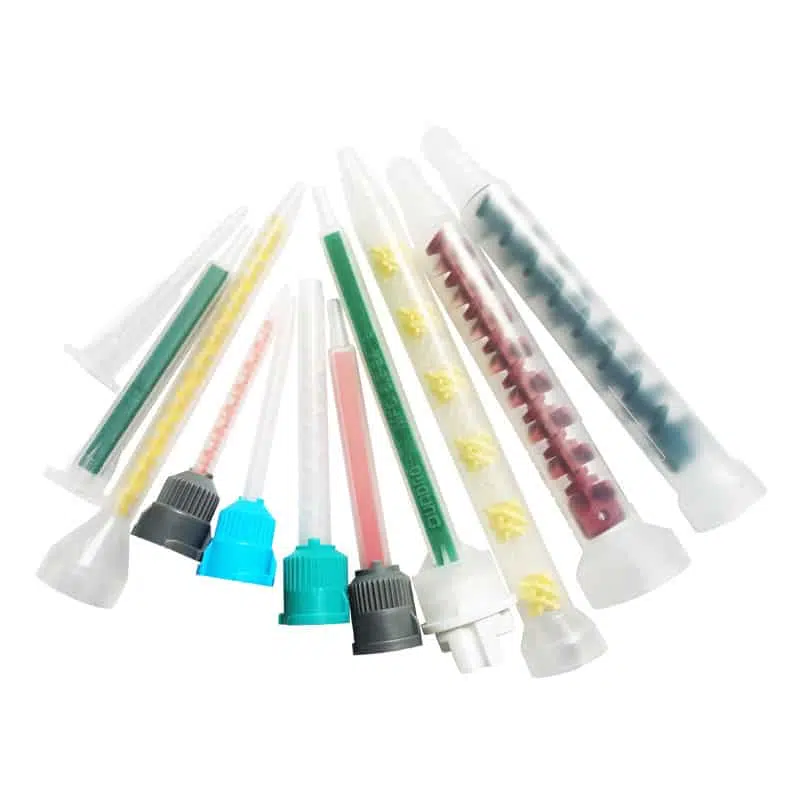
Epoxy mixing nozzles and dental mixing tips are two commonly used tools that facilitate the blending process.
The History of Static Mixing Nozzles
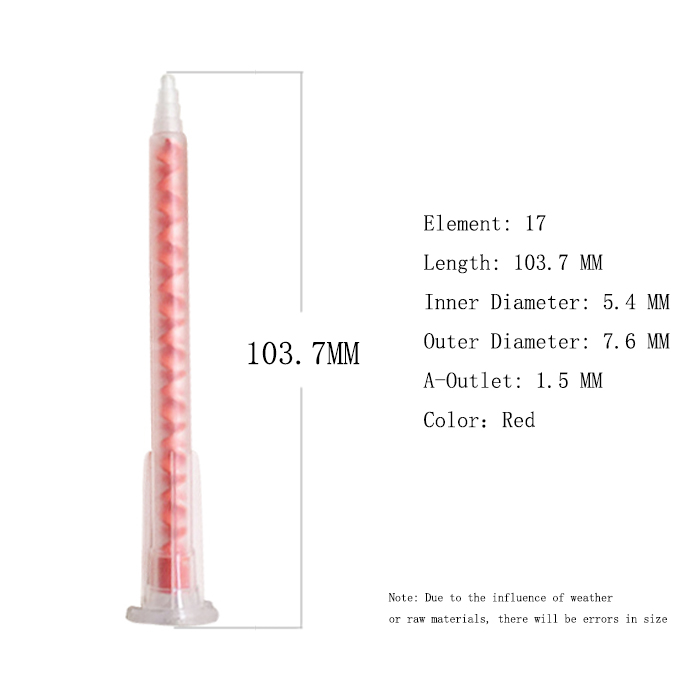
In the 1960s, the development of helical elements marked a significant milestone in the evolution of static mixing technology. These elements were designed to be inserted into pipelines or nozzles, featuring carefully engineered twists and turns.
Mix Epoxy and Hardener

In this article, we will explore three common methods for mixing epoxy and hardener: manual mixing, mechanical mixing, and the use of plastic mixing nozzles.
Troubleshooting Inadequate Mixing with Epoxy Mixing Nozzles

One of the primary reasons for incomplete mixing is an incorrect mixing ratio. Epoxy adhesives require precise proportions of resin and hardener to achieve the desired bond strength and curing characteristics.
The Bubbles in Epoxy Mixing Nozzles

One common cause of bubbles in epoxy resin is the entrapment of air during the dispensing process. Air can get trapped within the resin as it flows through the nozzle, resulting in the formation of bubbles.
The Ultimate Guide to Adhesive Mixing Tubes
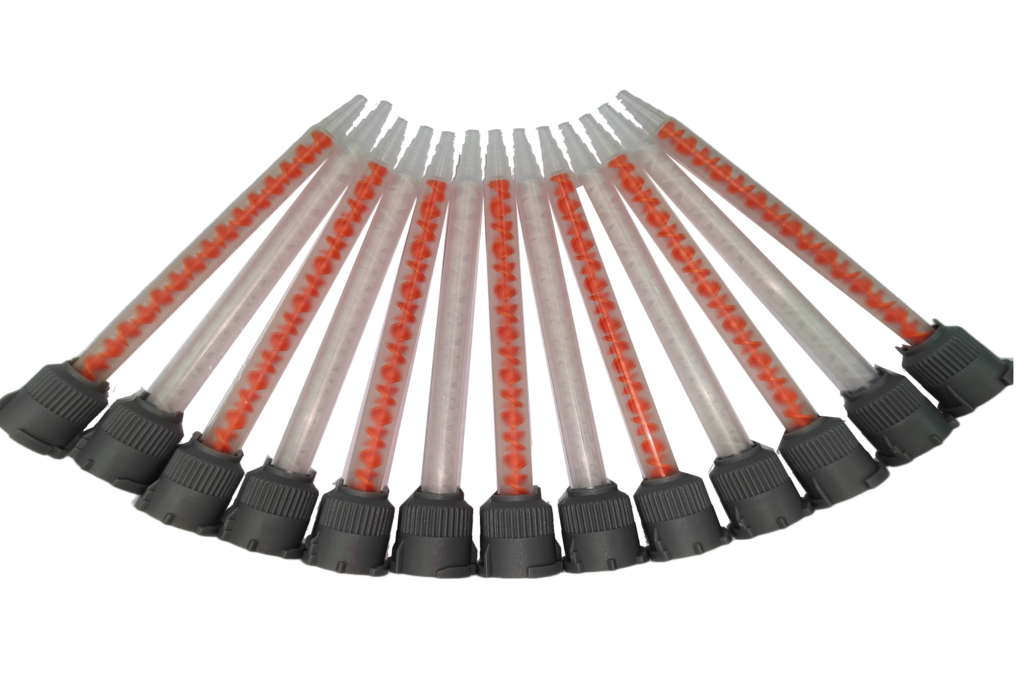
Adhesive mixing tubes, also known as static mixer nozzles or epoxy mixing nozzles, are specially designed components used for dispensing two-component adhesives, sealants, or resins.
Tips for using epoxy mixing nozzles in summer
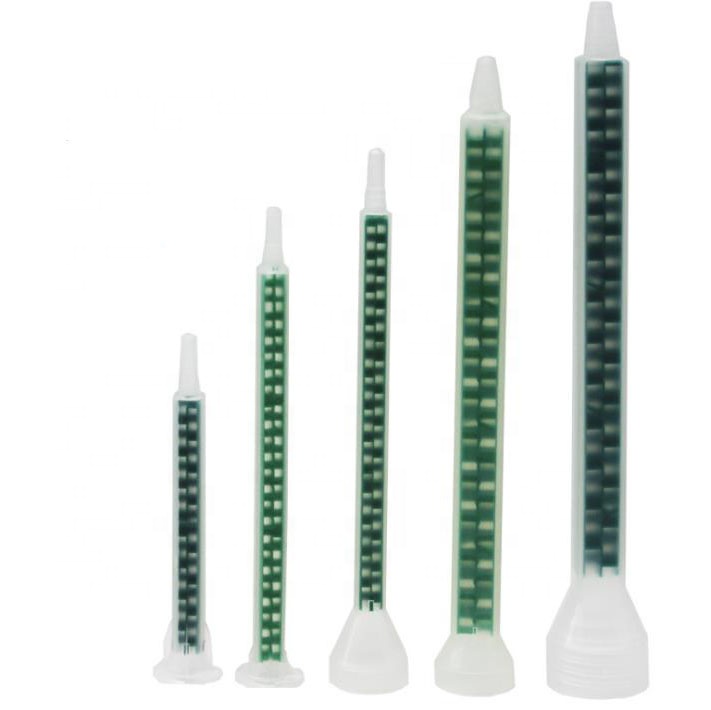
In this article, we will explore some important things to pay attention to when using epoxy resin nozzles in the summer.
The Impact of Heat on Epoxy Mixing Nozzles

Heat can significantly impact the functionality and performance of epoxy mixing nozzles, leading to changes in viscosity, curing time, and potentially affecting nozzle integrity.
Spiral Mixing Nozzles vs Square Mixing Nozzles
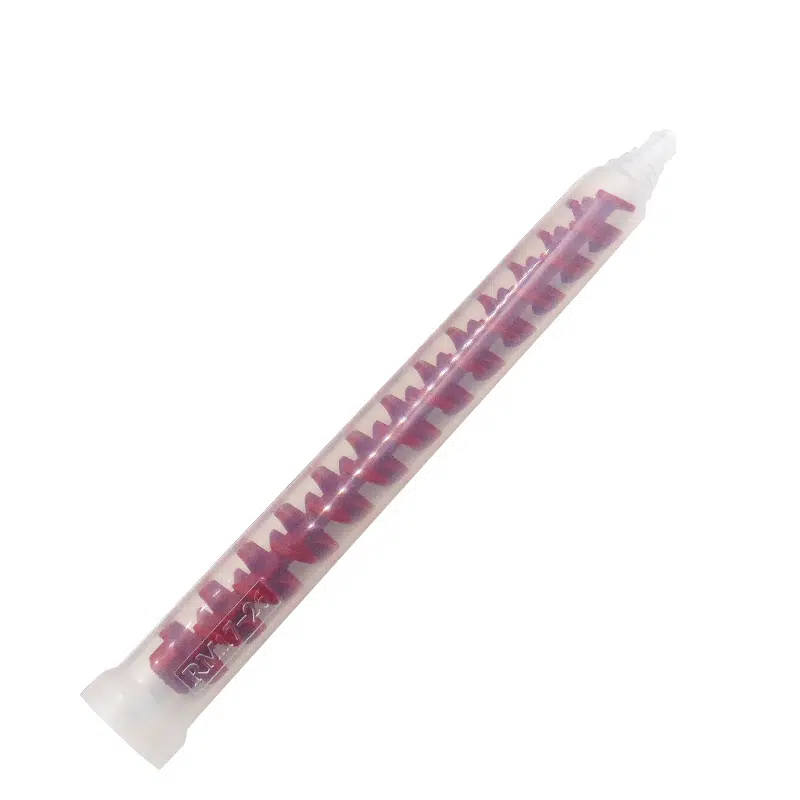
Spiral mixing nozzles excel in enhanced mixing and reduced pressure drop, while square mixing nozzles offer turbulence generation and higher shear rates.
Static Mixing Nozzles vs. Dynamic Mixing Nozzles for Adhesive Applications

For applications requiring consistent blending across a range of viscosities, static mixing nozzles are an ideal choice.
